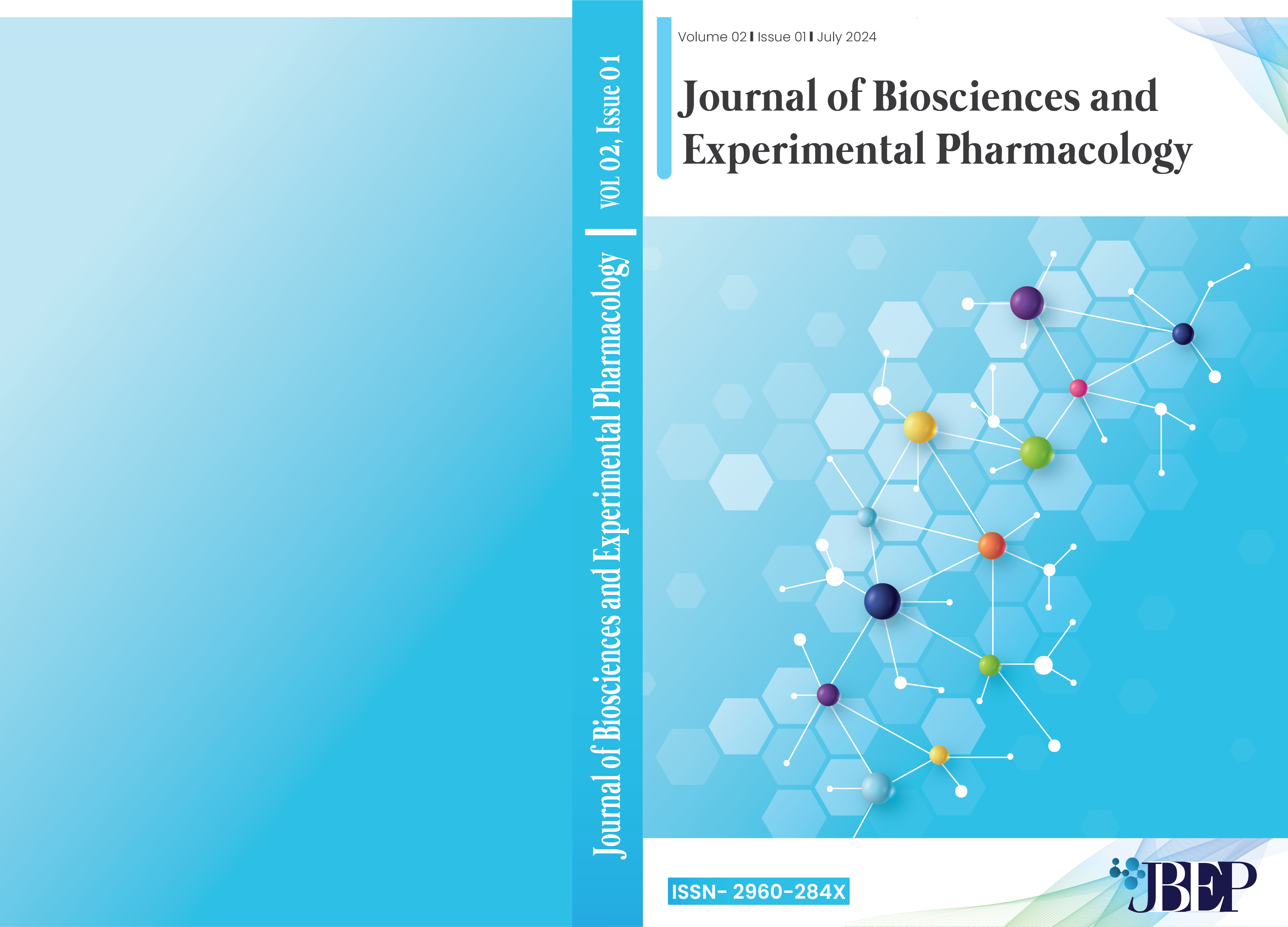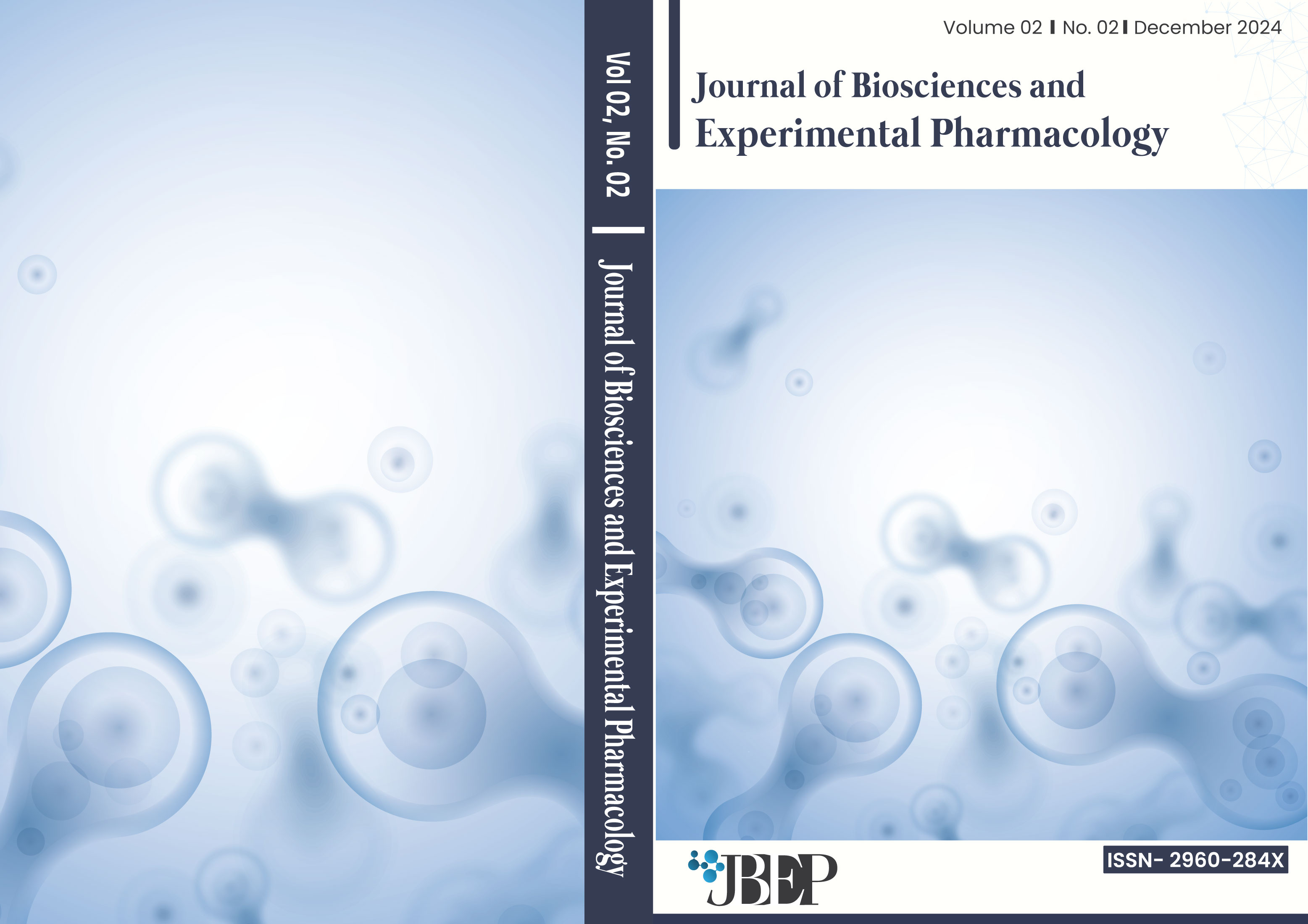Original article | Open access | J. J. Bio. Exp. Pharm. 2024, 2(2), 98-126 |
https://doi.org/10.62624/JBEP00.0021
In vitro Antioxidant Activities and Comparison of Different Fractions of the Ethanolic Extract of Ficus racemosa Fruits
Abstract
Oxidative stress, a major contributor to chronic diseases like diabetes and cardiovascular disorders, demands safer and more effective solutions than synthetic antioxidants. Natural alternatives, such as Ficus racemosa, have gained attention for their therapeutic potential. This study investigates the antioxidant and enzyme-inhibitory properties of Ficus racemosa extracts through comprehensive in vitro analyses. Ethanolic extracts and fractions were assessed using DPPH radical scavenging, nitric oxide (NO) scavenging, and ferric reducing power assays. High-performance liquid chromatography (HPLC) identified bioactive polyphenols, including gallic acid, quercetin, and caffeic acid, while molecular docking demonstrated strong binding affinities to oxidative stress-related enzymes. The ethyl acetate fraction exhibited the highest antioxidant activity, with an IC50 value of 0.194μg/mL for DPPH scavenging and 12.49μg/mL for NO scavenging. For the DPPH and the NO scavenging methods, IC50 value for other fractions are as followed, the ethyl acetate-methanol fraction (1.095 μg/mL, 13.25 μg/mL), the n-hexane-ethyl acetate fraction (1.521 μg/mL, 23.95 μg/mL), the crude extract (1.748 μg/mL, 16.18 μg/mL), ascorbic acid (2.024 μg/mL), the methanol fraction (2.411 μg/mL, 23.60 μg/mL), and the n-hexane fraction (2.738 μg/mL, 24.79 μg/mL). Docking results revealed quercetin as the most potent compound, with a binding affinity of −9.5 kcal/mol. These findings validate the traditional use of Ficus racemosa in folk medicine and highlight it’s potential as a natural, safe, and effective alternative to synthetic antioxidants, paving the way for their application in functional foods and therapeutic formulations.

